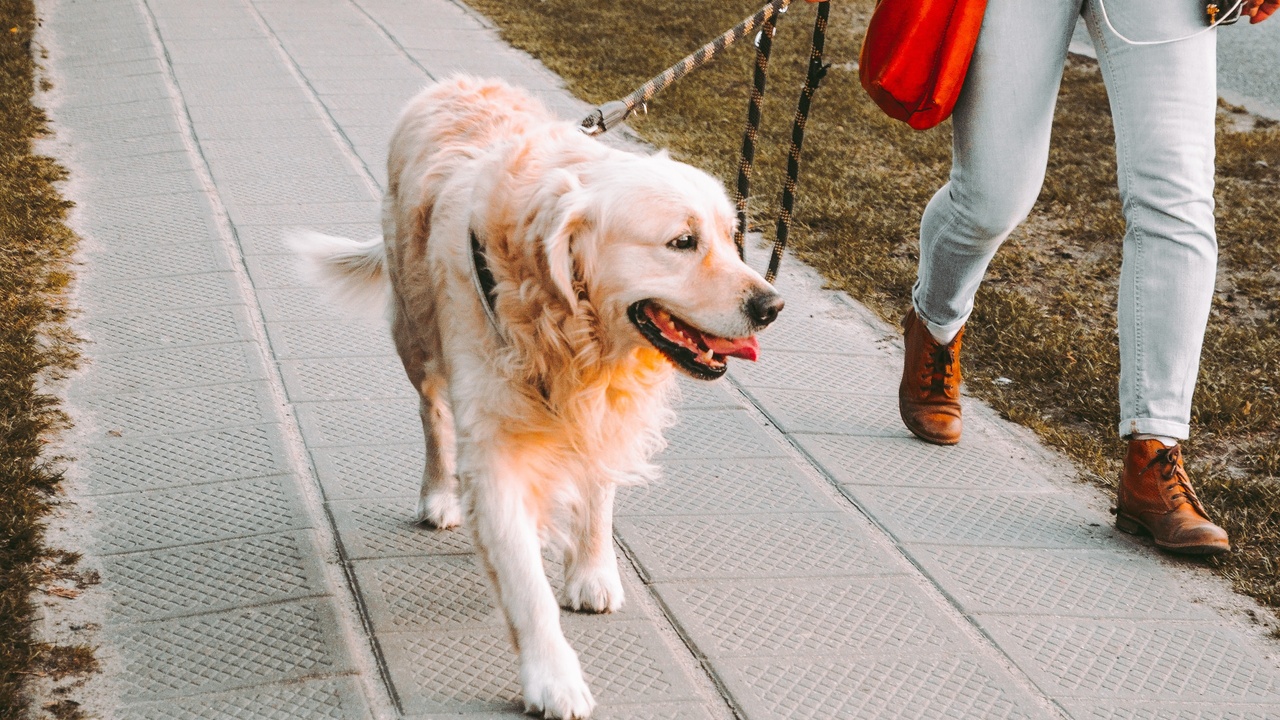
Walking Dogs
I was going to write this blog as the last in a three part series about the athlete’s body. If you missed the first two, I encourage you to check them out. You might be surprised to find that the feet are the least athletic part of the body. I finished part one and two, and I will get to part three still … but I interrupt that message for this . . .
It seems that more than ever, people are falling while walking the streets, mostly while walking their dogs.
I’ve been in PT for 30 years. I don’t remember a year where we had so many falls from active people, granted mostly seniors, but they are, surprisingly, also very active seniors. Specifically, so many falling-while-walking-my-dog incidents. Injuries inevitably come with it. Mostly upper extremity: wrist, elbow, shoulder, but some have been hitting their head, torquing a knee or broken toes. These injuries then go on to make balance worse, at least for a spell.
Why are we seeing more falls now?
I don’t have the exact answer. I can only surmise that with Covid and changes in routines more people are walking and more people are walking with dogs. Sometimes with a few at a time. My wife and I have two larger dogs. One is better on leash than the other. During the height of the pandemic, we were up to six miles per day when normally we would go to the gym for exercise. So, just the sheer number of hours walking going up can raise the likelihood of falling. When you add how dogs behave, on a leash especially around other dogs, squirrels, curbs, or like ours suddenly afraid of storm drains and yanking the leash to halt, then I can see why there is an uptick in falls.
Why am I writing about walking related falls now, instead of my planned post about athlete's feet?
Well, recently, my own dad fell while walking his smaller dog. He lives three hours northeast of me. My mom just told me. The frightening thing is this, he was on the ground for 20-30 minutes before one of the nice young football players my brother coaches saw him and helped him back to his feet. He was scraped up. No breaks, but, as I type, I am tearing up thinking about him, on the ground, no way to get up, waiting for a good Samaritan. He’s not alone. So, I need to figure out some things for my dad.
But for now, let me attempt to help others.
-
Thank You
First of all, thank you for loving your dog enough to take him or her for a walk. The relationships that are built are vital for mental health. Theirs and yours.
-
Think Ahead
Ask yourself, how does your dog behave on leash? Does it pull, stop suddenly, veer in/out of a straight line, drag the leash around your ankles? Does it need more training? Is there a better time of day to walk? Or is there a route with fewer other dogs ?
-
Plan Ahead
Can you walk with another person? Can set up a buddy system sort of thing? My dad was on the sidewalk, scraped up, waiting for 20-30 minutes to be noticed. We’ve all heard of the ‘necklace’ alarms and they work great. But if you can walk with someone else, that might be even better. Even very active people are falling. They play tennis on the weekend fine, then walk the dog and … you know. It happens.
-
Consider the type of shoes you are wearing while walking
This is a helpful tip from Cheryl Simmons, PhD who co-teaches our senior wellness classes at Evergreen’s PT Lab. “Many types of sandals, as well as shoes that may be too wide, allow the foot to slip within the footbed, leading to a loss of balance. Some running shoes provide so much cushion for joint comfort, that they can actually reduce the sensation that the feet need in order to maintain balance. Older adults and people who are challenged with balance should be wearing well fitted, thin soled, flat shoes in order to increase the sensations of the nerves in the feet.”
-
Get Stronger.
Practice balance. Practice getting up off the floor. At Evergreen Physical Therapy Specialists of Pasadena, we are a physical therapy clinic and we are a gym with strength and balance experts always available. It might be good to work with someone who can help you with:
- Balance
- Getting up off the ground.
- Even practice protected falls.
- We can even watch you walk with your dog and identify any potential risks.
- Finally, we have a Smart-Fit System which challenges balance while thinking on your feet. Don’t let distraction, turning your head, or thinking about the leash, cause you to break an arm.
Check out https://www.smartfit.rocks . We love it here. My dad loved it when he tried it out. We put boxing gloves on him, and a puppy by his feet, and had him play the games. If he didn't live three hours away I’d have him on the thing three times a week. Check out his video here:
-
Create small habits to improve, because you can.
Believe you can improve. I’ve worked with seniors like my dad in their mid 80s, who think they can’t improve. They sort of think “this is it.” Well, if that’s the case, then be extra careful walking a dog, BUT, also don’t sell yourself short. You don’t know until you’ve given it a valiant effort. I’d say you don’t know until you’ve tried with consistently with a designed habit-routine specifically for strength and balance. Sure, with aging it takes longer, maybe you need to go slower and that’s ok. To that I’d say it’s a minimum of three times a week for 12 weeks to have any sense if it will help. Anything less is a “maybe”.
You should see improvement. You should ask whoever you are working with if you are not improving why that is. This honest question can lead the two of you to decide how to change it up for the better, or to realize how to be as safe as possible with how it is.
Well, I hope this helps. Even if it just gets you thinking.
As I’m writing, I’m thinking about what is next for my dad. He loves his dog. I want to keep the two of them walking together as long as I can. I will be looking at my own advice and see what I can drum up for him. In the meantime, the safest thing may be just to find a buddy to walk with so they can be of help, in case it’s needed.
Please email me – I’d like to hear your ideas, concerns. If you are alone, have a pet and no one to walk with, and are in the Pasadena area, let me know. I am thinking of collaborations to assist folks like you to keep walking, with your pets, safely.
Cheers to lifetime, smart, and habitual health
Dave
Before you go,
- Be sure to subscribe to our blog
- Check out Evergreen’s PT LAB memberships – we can be that place for strength / balance peace of mind. We already have classes going .
- Call us to find out more at 626 683 8536.
 Dave is the owner and founder of Evergreen Physical Therapy Specialists. He and his wife Tammy, an RN at CHLA, opened Evergreen over 15 years ago to provide the community of Pasadena with specialized and compassionate care. David has over 25 years of experience in orthopedics, neuro-rehabilitation, and pediatric physical therapy.
Dave is the owner and founder of Evergreen Physical Therapy Specialists. He and his wife Tammy, an RN at CHLA, opened Evergreen over 15 years ago to provide the community of Pasadena with specialized and compassionate care. David has over 25 years of experience in orthopedics, neuro-rehabilitation, and pediatric physical therapy.
Stay connected with news and updates!
Join our mailing list to receive the latest news and updates from our team.
Don't worry, your information will not be shared.
We hate SPAM. We will never sell your information, for any reason.

